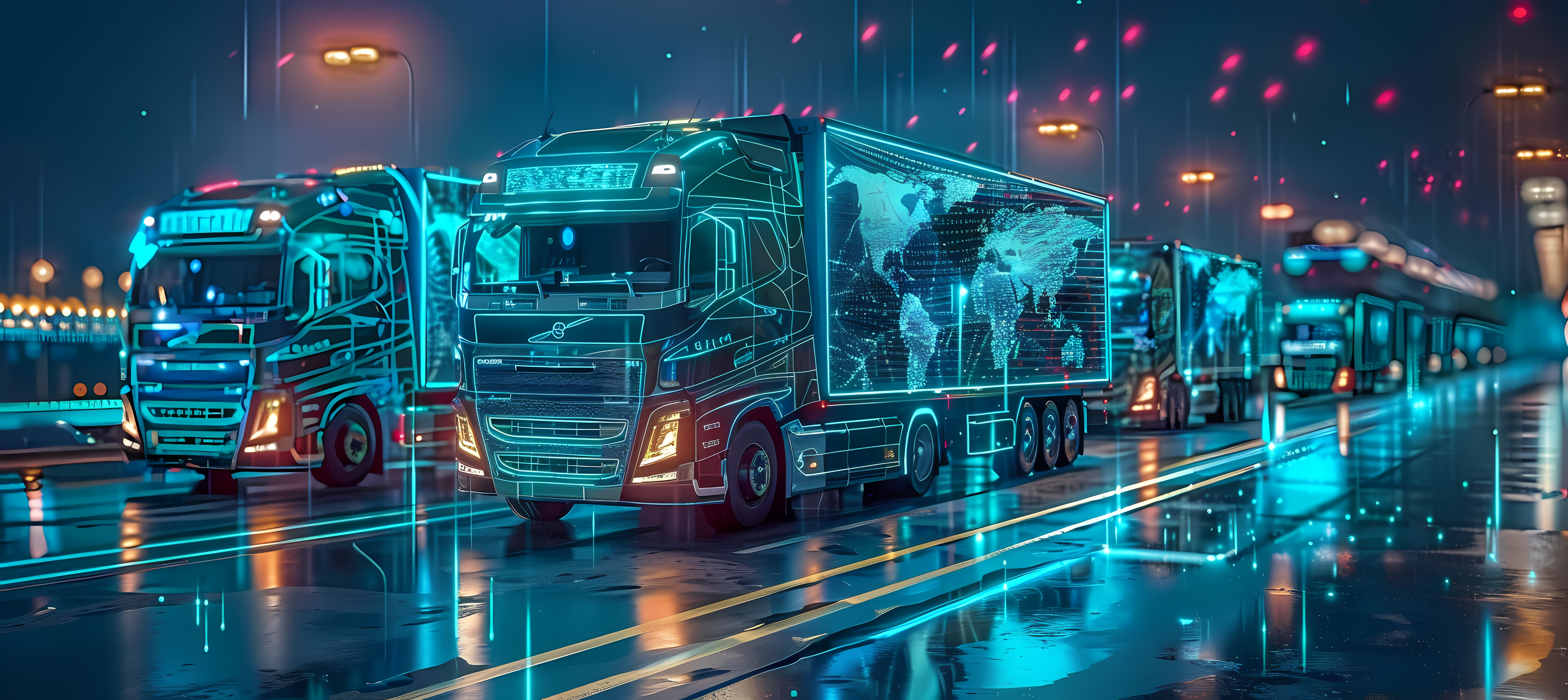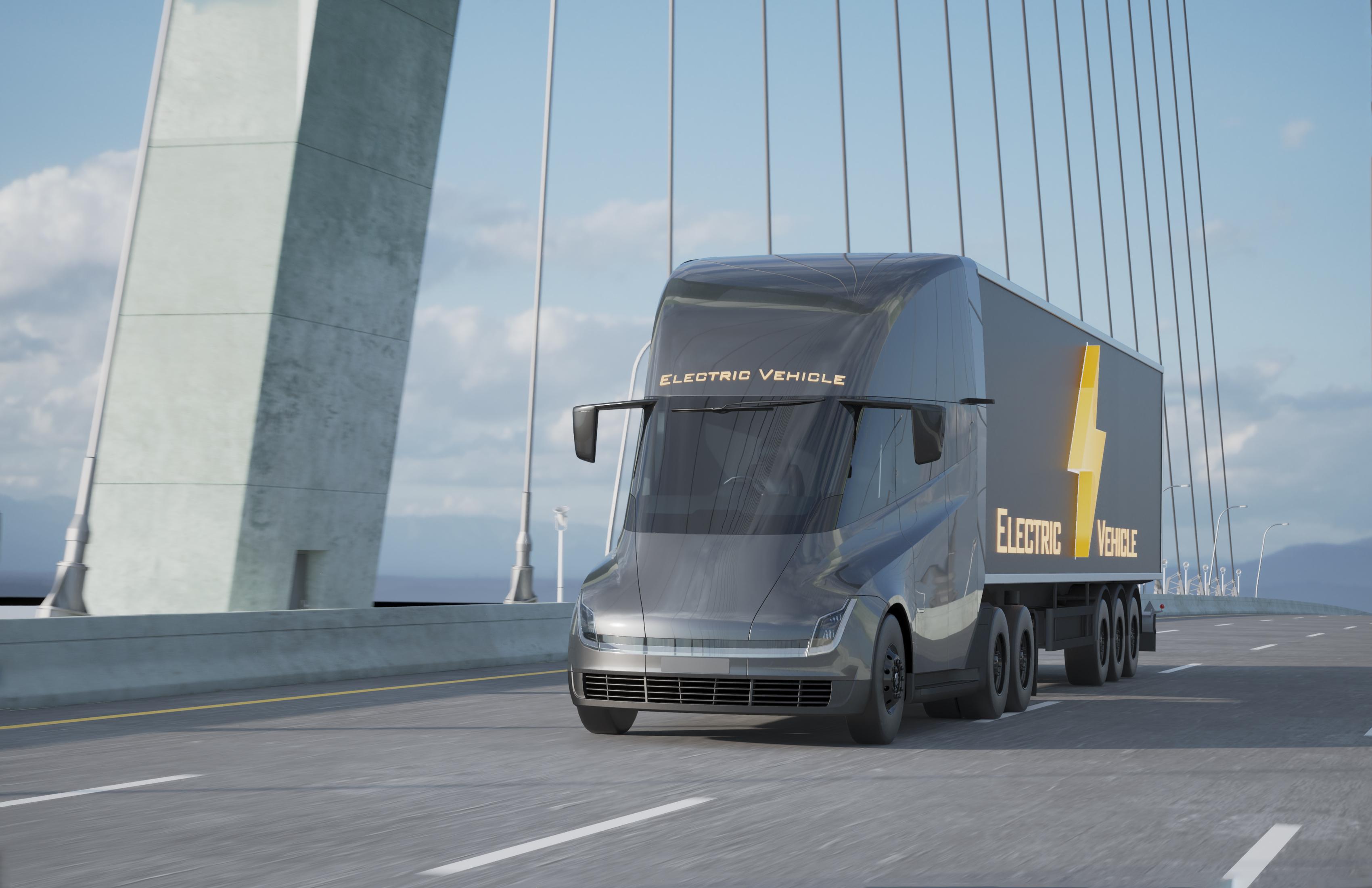The transition to electric heavy trucks is accelerating worldwide, moving far faster than the industry once imagined—and its effects are beginning to ripple into the Philippines. At Volvo’s manufacturing plant near Gothenburg, Sweden, this transformation is visible in motion: on the same assembly lines once dedicated to diesel trucks, workers now guide massive three-ton battery packs onto chassis. “This is where the difference lies,” explains Sandra Finer, Volvo’s vice president of operations, pointing out that the only fundamental change is the integration of an electric module instead of a diesel engine. This shift symbolizes how traditional manufacturers are repurposing their existing facilities to meet the demands of the electric era, showing that the change is evolutionary as much as it is revolutionary.
For decades, the idea of electrifying heavy trucks was dismissed as impractical. “Diesel is king—it can’t be beaten,” recalls Felipe Rodriguez of the International Council on Clean Transportation (ICCT). Yet the global trucking industry has undergone what Rodriguez calls a “reckoning,” recognizing that reliance on diesel cannot last forever. This realization, spurred by environmental imperatives and stringent emission targets, has triggered a worldwide race to develop electric heavy trucks. The push is powered by the European Union’s strict CO₂ regulations and China’s massive state-backed investment in domestic electric vehicle production—two forces shaping the global shift.

Although the electric truck revolution is clearly underway, it is still in its infancy. In 2022, electric trucks made up only about one to two percent of total global heavy truck sales—roughly 40,000 to 50,000 units, with China accounting for most of them. Yet the market potential is enormous. The global truck industry, worth over $200 billion a year and responsible for around six million new trucks annually, has become a critical battleground for clean transport innovation. Western manufacturers like Daimler, MAN, Volvo, Renault Trucks, and Scania are investing heavily in this transformation. Volvo’s head of trucks, Roger Alm, has announced ambitious goals: 50 percent of the company’s truck sales will be zero-emission by 2030, and all sales will reach 100 percent zero-emission by 2040. The ICCT projects that such a pace is vital to meeting the Paris Agreement’s climate objectives and expects electric trucks to dominate up to 90 percent of the global market by 2040.
However, the road to electrification is far from smooth. Two major challenges stand out—cost and charging infrastructure. Electric trucks currently cost two to three times more than diesel models, largely due to the high price of batteries and new technology. Over time, economies of scale and battery advancements are expected to lower these costs, and operational savings are already apparent: electric trucks are cheaper to run because electricity is less expensive than diesel, and maintenance needs are lower. Government incentives and carbon reduction policies are also helping to narrow the financial gap.
Infrastructure, however, remains the biggest bottleneck. Heavy-duty electric trucks require immense power inputs and fast-charging terminals capable of delivering energy dozens of times faster than the chargers used for electric cars. In Europe, Volvo and other manufacturers are collaborating on large-scale projects to build an extensive network of high-power charging stations across key logistics routes. These developments are critical because the feasibility of electric freight transport depends as much on where trucks can charge as on how efficiently they can drive.

For the Philippines, this global momentum offers both opportunity and challenge. The country’s logistics and construction sectors rely heavily on diesel-powered trucks, which contribute significantly to urban pollution and carbon emissions. As global manufacturers like Volvo and Isuzu develop electric truck platforms suited for varied conditions, the Philippines could benefit from adopting smaller and medium-duty electric trucks for urban logistics, waste management, and intercity deliveries. However, widespread adoption will depend on improving local power infrastructure and implementing policies that encourage fleet electrification—such as tax incentives, import duty exemptions, and partnerships with private charging providers.
The environmental benefits are compelling. A conventional long-haul diesel truck emits roughly one kilogram of carbon dioxide per kilometer. Even with the current energy mix in Europe, where much of the electricity still comes from fossil fuels, an electric truck produces about two-thirds less carbon emissions. As renewable energy adoption grows globally, these emissions will drop even further. What began as a regional phenomenon in Northern Europe and North America is now expanding to Southern Europe, Africa, Australia, and Latin America. It’s only a matter of time before Southeast Asia, including the Philippines, becomes part of this electrified network—once the supporting infrastructure catches up.
In 2025, the message from the world’s leading truck makers is clear: the shift to electric heavy transport is not a distant dream but a present reality accelerating toward scale. The bumps along the way—high costs, charging limitations, and policy gaps—are real, yet the direction of travel is irreversible. The world is charging forward, and the Philippines, standing at the crossroads of industrial growth and environmental responsibility, has every reason to keep pace with this global movement toward a cleaner, electric-powered future.







